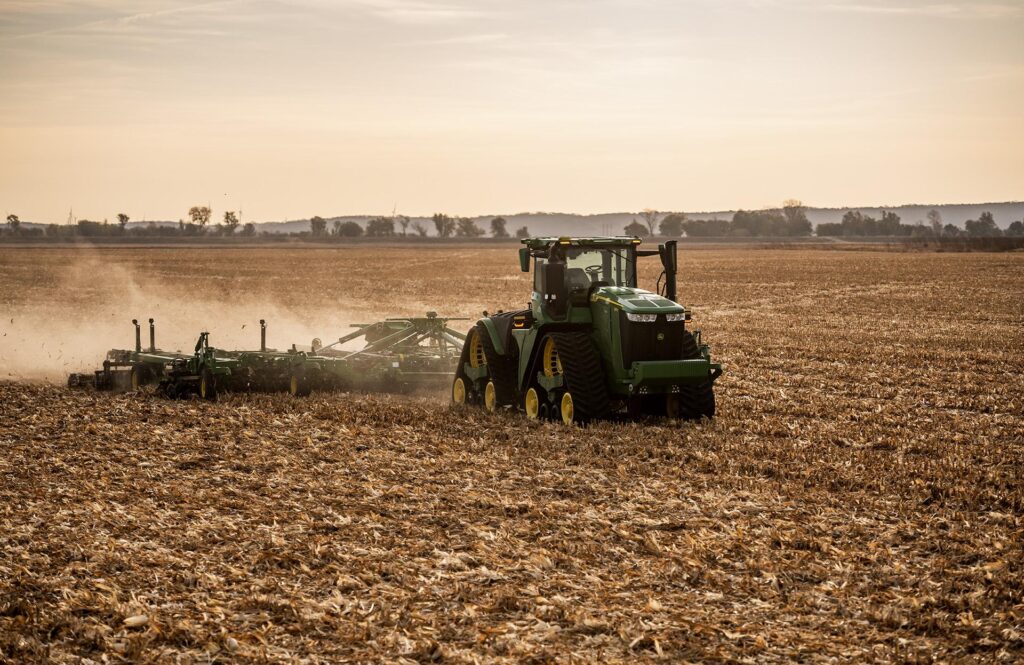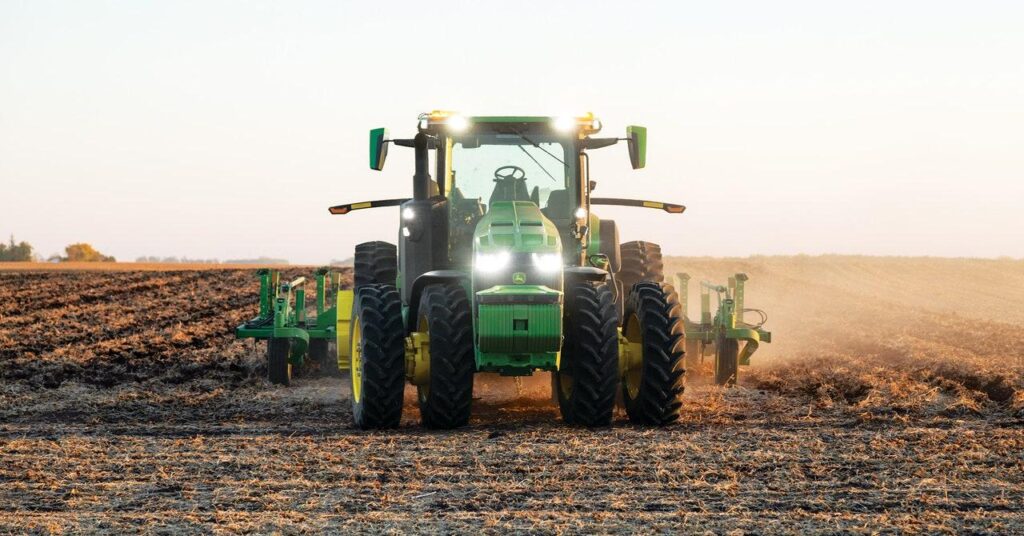As agriculture grapples with environmental challenges and rising fuel costs, electric tractors are emerging as a promising solution for sustainable farming practices. These battery-powered vehicles,commonly known as e-tractors,represent a significant shift from traditional diesel-powered machinery. While still in their early stages of adoption, e-tractors are gaining traction among farmers who seek to reduce their carbon footprint while maintaining operational efficiency. This transformation in agricultural machinery not only addresses environmental concerns but also offers potential economic benefits through reduced maintenance and fuel costs. The agricultural landscape is witnessing a revolutionary transformation as electric tractors gain momentum across farms worldwide. These innovative machines combine traditional farming capabilities with zero-emission technology, marking a significant shift in how we approach modern agriculture.
Battery-powered tractors offer farmers numerous advantages over their conventional diesel counterparts. They operate silently, reducing noise pollution that typically affects both farm workers and livestock. The immediate torque delivery characteristic of electric motors proves particularly beneficial for agricultural tasks, providing consistent power throughout various operations.
Modern e-tractors incorporate refined technology, including GPS guidance systems, automated operational controls, and real-time performance monitoring. These features enable precise field navigation, optimal power usage, and reduced operator fatigue. Farmers can track their equipment’s battery levels, schedule charging sessions, and plan their daily operations more efficiently.
The economic benefits of electric tractors become apparent through reduced operational costs. While the initial investment might be higher, the savings on fuel, maintenance, and repairs offset the purchase price over time. Electric motors have fewer moving parts than diesel engines, leading to lower maintenance requirements and extended service intervals.
Weather resistance and durability have been key focus areas in e-tractor development. Manufacturers have implemented robust weatherproofing measures to protect vital electrical components from dust,moisture,and extreme temperatures. Advanced cooling systems maintain optimal battery performance during intensive field operations.
Charging infrastructure remains a crucial consideration for farmers transitioning to electric machinery. Solar panels and wind turbines are increasingly being integrated into farm operations, creating sustainable power sources for e-tractor charging. Some models feature exchangeable battery packs, allowing continuous operation during peak farming seasons.
The environmental impact of e-tractors extends beyond zero emissions. These machines help reduce soil compaction due to their optimized weight distribution and precise power delivery. They also contribute to improved air quality in enclosed spaces like barns and greenhouses, benefiting both workers and livestock.
Government incentives and environmental regulations are accelerating the adoption of electric agricultural equipment.Many countries offer subsidies, tax benefits, and grants to farmers investing in sustainable machinery. These initiatives, combined with growing environmental awareness, are driving the market expansion for e-tractors.
Manufacturing innovation continues to enhance e-tractor capabilities.Recent developments include extended battery life,faster charging times,and improved power-to-weight ratios. Some models now feature regenerative braking systems that recover energy during downhill operations or when slowing down.
As battery technology advances and prices decrease, the accessibility of electric tractors is expected to improve. This transformation in agricultural machinery represents a crucial step toward sustainable farming practices, aligning with global efforts to reduce carbon emissions while maintaining efficient food production systems.




